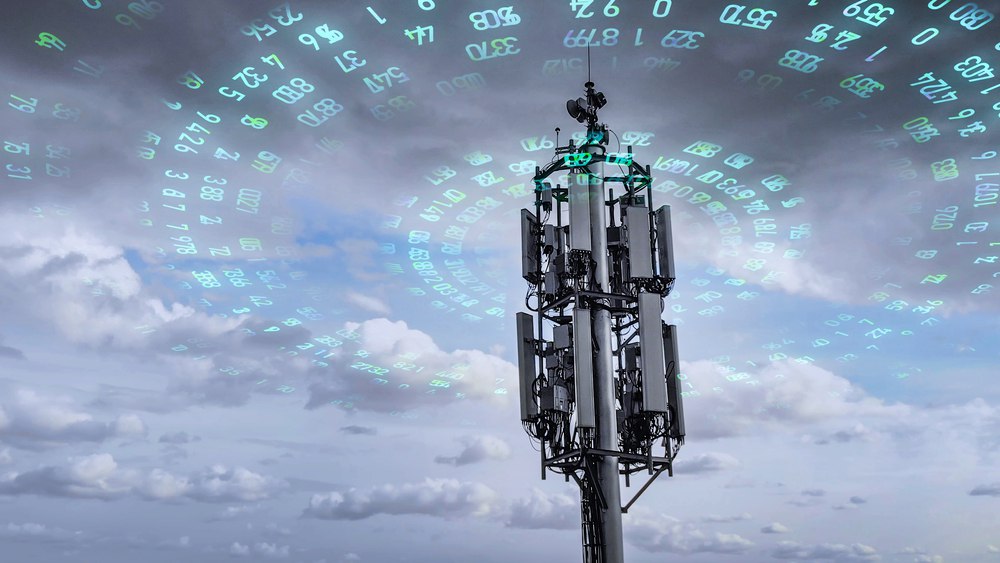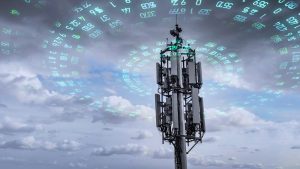5G Technology: Revolutionizing the World and Cleaning Up Singapore’s Rivers

5G technology has been a buzzword in the tech industry for some time, promising to revolutionize how we live and interact with technology. With its lightning-fast speeds, low latency, and high bandwidth, 5G is poised to unlock a new world of possibilities, from autonomous vehicles to remote surgery.
In Singapore, the government has been quick to embrace this new technology and explore its potential to improve the lives of its citizens. One area where Singapore is taking 5G to new heights is in the realm of river cleaning.
5G River Cleanup
One key aspect of the 5G River Cleanup Initiative is using 5G-enabled electric vessels for river cleaning. These vessels are equipped with sensors, cameras, and other equipment to detect and collect trash from the water.
The vessels are powered by electricity, making them more environmentally friendly than traditional gasoline-powered boats. In addition, they are equipped with 5G connectivity, allowing them to communicate effectively with each other and the shore in real-time.
The 5G connectivity enables the vessels to operate autonomously and efficiently. Furthermore, with its astronomically high bandwidth and low latency, 5G allows the vessels to transmit large amounts of data quickly and reliably.
This statement means they can receive real-time updates on weather conditions, water levels, and other factors affecting their operations. In addition, 5G enables the vessels to communicate with each other and the shore in real-time, allowing them to coordinate their movements and optimize their routes.
For example, suppose one vessel detects a large amount of trash in a particular area. In that case, it can quickly communicate this information to other vessels in the fleet, allowing them to adjust their routes and work together to clean up the area more efficiently.
River Cleaning Has Been a Problem in The Past
Cleaning water bodies has always been difficult; in the past, it was often done manually using nets and other equipment. However, this approach was time-consuming, labor-intensive, and often ineffective.
According to a study by the National Environment Agency (NEA) in Singapore, the traditional methods of manual river cleaning can only remove about 30-40% of the trash in the water. As a result, the remaining trash is often left to accumulate and can significantly impact the environment and the ecosystem.
Furthermore, manual cleaning methods require a large workforce, which can be expensive and difficult to manage. In contrast, using 5G-enabled electric vessels for river cleaning is much more efficient and cost-effective.
The vessels can cover a larger area quickly and collect more trash than traditional manual methods. In addition, they can operate autonomously, which means that they require fewer human resources to operate.
5G Enabled Robots
Apart from using 5G technology for river cleaning, Singapore has also announced plans to build 5G robots to help deploy the factory of Hyundai, the South Korean automaker, which plans to set up a manufacturing plant in the city-state.
The 5G robots are expected to assist in the assembly of electric vehicles, helping to streamline the production process and increase efficiency. With their ability to operate autonomously and communicate in real time, the robots can work together seamlessly to complete complex tasks quickly and accurately.
Moreover, using 5G technology in manufacturing can enable real-time monitoring and data analysis, which can help identify potential issues and improve overall product quality.




